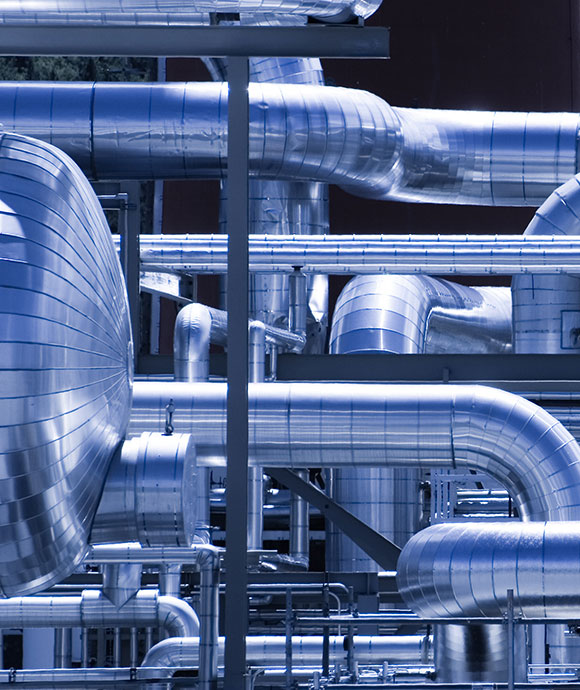NOx reduction FCC additives
As concerns about atmospheric pollution increase, government agencies worldwide are focusing on regulating nitrogen oxide (NOx) emissions from oil refineries. NOx emissions from an FCC unit are highly specific to each unit and can vary with changes in feed and other process parameters.
- Approximately 40% of feed nitrogen ends up in coke and under regenerator conditions, this nitrogen burns to form N₂ and NOx.
- Unstripped hydrocarbons that contain nitrogen also form N₂ and NOx in the regenerator.
- NOx is also formed in CO boilers where reduced nitrogen species HCN and NH3 oxidise to form NOx.
The exact composition of the flue gas nitrogen species is dependent on specific regenerator conditions and type of CO-promoters used.
Under full burn conditions NOx usually correlates well with flue gas excess oxygen, whereas under partial burn conditions much of the nitrogen in coke is only partially combusted to reduced species which go on to form NOx in the CO boiler.
To reduce emissions, NOx reduction FCC additives can be used to convert NOx precursors.
Read our article FCC NOx reduction methods: complying with regulations without capital investment

NONOX NOx reduction FCC additive
Johnson Matthey's NONOXTM is a NOx reduction FCC additive that focuses on selectively converting the precursors that go on to form NOx to N₂.
- NONOX additive has been proven to attain up to 40% reduction in NOx when used at up to 2 wt% in the catalyst inventory with reductions in NOx realised in less than 24 hours.
- NONOX additive is effective both in full burn and partial burn regenerators, as these precursors are present in abundance under those two configurations.
- NONOX additive provides flexibility to meet environmental NOx limits without CAPEX and with minimal operating expenses by only using the amount required.

